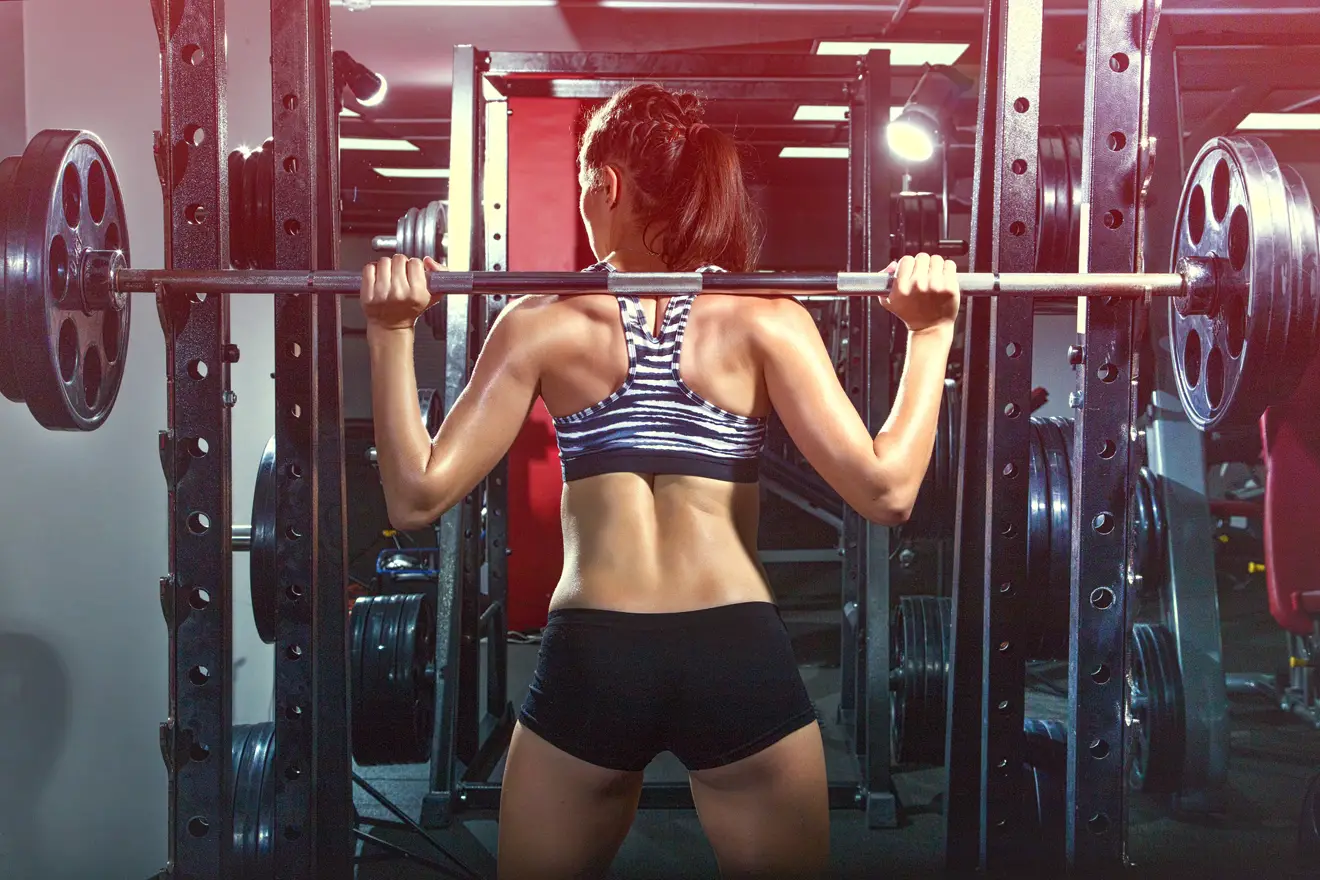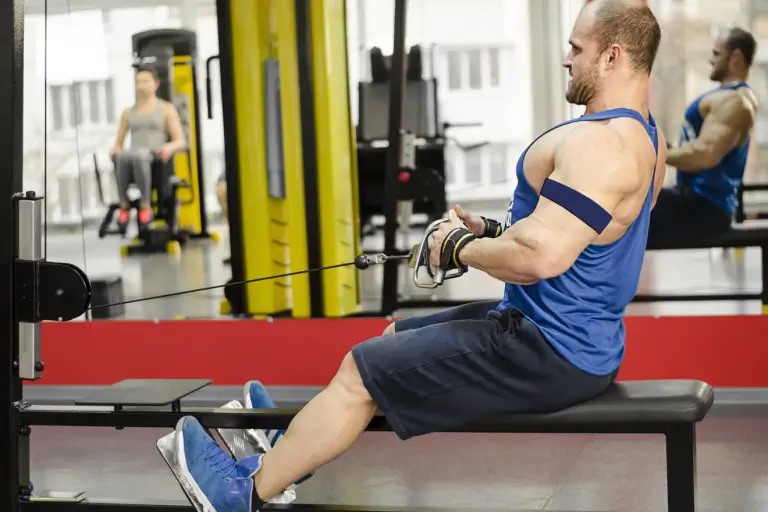How much weight should you use at the gym?
The amount of weight you decide to train with in the gym should not be a matter of preference. Whether you use light, moderate, heavy, or very heavy weights depends on your goal and level of experience.
In this article, you will learn how much weight you should use to achieve different goals (strength, power, size, or endurance). You will also learn about instances in which you might want to strategically manipulate the amount of weight that you use, and how to do so.
Different goals require different amounts of weight
According to the National Strength and Conditioning Association (NSCA), light and moderate weights (<67% 1RM) are best for developing muscular endurance, heavy weights (67–90% 1RM) are optimal for maximizing muscle growth and power, and very heavy weights (>85% 1RM) are best for increasing strength (Table 1).

You don’t need to know your 1RM, just the rep range
The table above is explained in detail in our Weight Training Guide, in How many sets and reps should you do? One of the many key takeaways is that you don’t need to know your 1RM to figure out how much weight you need to use. This is indicated in the rep range.
For example, the rep range for developing size is 6 to 12. This means that you must use a weight with which you can perform at least 6 clean reps, but you should not be able to perform more than 12 clean reps.
Of course, as you continue to train, you will get stronger, so you must increase the amount of weight every time you find that you can exceed 12 reps. This is known as progressive overload, and it’s essential for driving continual growth.
You can train for different goals at the same time
Your weight training program does not have to be centered on only improving a single muscle property. Instead, you can train to see improvements in different muscle properties simultaneously, such as both muscle size and endurance. To do this, you simply have to alternate between size (6 to 12) and endurance (>12) workouts. Of course, because you would be spreading your effort across developing two properties, neither one will be maximized.
Another way to develop two properties at the same time is to use a crossover rep range instead of alternating between rep ranges. This is a rep range that crosses over from one range into another.
For example, if your goal is to build muscle (6 to 12), but you also want to get stronger (2 to 6), you can use 5 to 8 reps. Similarly, if you’re interested in developing both power (1 to 5) and size (6 to 12), you can try a rep range of 4 to 7. Keep in mind, though, that the development of neither property will be maximized.
When you should keep to one end of a rep range
There are also instances when you might want to stay close to one end of a rep range and avoid crossover. These include when you want to:
- Learn a new exercise
- Improve range of motion (ROM)
1. Learning a new exercise
If you want to add a new exercise to your program while ensuring that you remain within, say, the muscle-building rep range of 6 to 12, your first priority should be to learn how to perform the exercise properly. Therefore, you can start with staying closer to 12 reps than to 6 reps (i.e. start with a lighter weight). Once you master the exercise, you can move closer to 6 reps (i.e. use a heavier weight) and continue to progressively overload.
2. Improving ROM
Many exercises, including the barbell squat, have complicated movement patterns that become increasingly difficult and dangerous as weight is increased. If both improving ROM and building muscle are important to you, staying close to 12 reps rather than to 6 reps would be an option, but you must accept that you are sacrificing optimal muscle growth for ROM.
Beginners should not be trying to build muscle
Of course, when it comes to how heavy you should be lifting, experience also matters. If you’re a beginner, you should certainly not jump straight to using a 6 to 12 rep range for building muscle mass. As a beginner, you should focus on building comfort and familiarity with each exercise, along with a foundation of muscular endurance. To do this, you should stick to performing between 12 and 20 repetitions per set until you are ready to graduate to heavier weights.
Try our professionally designed weight training programs
As made clear in this article, using the right rep range (and thus the right amount of weight) is important if you want to achieve your goal. If you’re new to weight training or struggling to see results with your current program, consider trying one of our professionally designed programs, the rep ranges of which have been carefully programmed to optimize muscle-property development.







